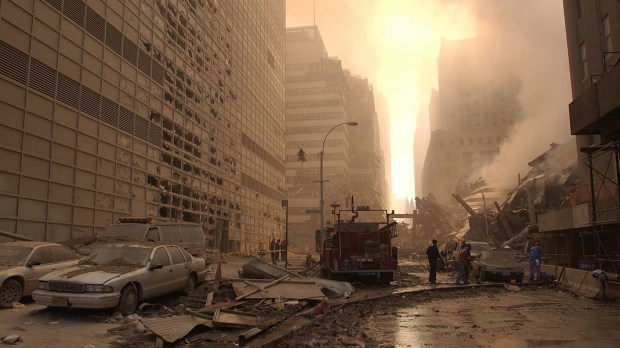As the 16th anniversary of one of the nation’s most tragic days approaches, new evidence suggests that children who attended downtown schools on 9/11 are at higher risk of heart disease, due to exposure to chemicals released in the “dust” of the destroyed Twin Towers.
The Daily Mail reports that NYU Langone Health has analyzed 308 young people, nearly half of whom attended downtown schools during the attack and its aftermath. The study found that 123 of these children had a 15 percent increase in levels of artery-hardening fats in their blood.
At the time of the attack, no one was aware of the dangerous chemicals raining down on the populace in the form of dust particles. Even after 16 years, this is the first study to identify the long-term cardiovascular risks of such an exposure in children. In a report last year, Mount Sinai’s World Trade Center Health Program placed the number of 9/11-related cancer cases at more than 5,400.
The study’s lead investigator and health epidemiologist Dr. Leonardo Trasande spoke about his team’s findings:
“Since 9/11, we have focused a lot of attention on the psychological and mental fallout from witnessing the tragedy, but only now are the potential physical consequences of being within the disaster zone itself becoming clear.”
One pollutant discovered to be in 9/11 “dust” is perfluorooctanoic acid (PFOA), a chemical used until 2014 to make plastic flexible. In 2014 the chemical’s links to birth defects became known, and manufacturers discontinued its use. Dr. Trasande released a study in January 2017 which identified significantly higher than average levels of blood PFOA in the 123 exposed children.
Dr. Trasande expressed a hope that that most of these children can keep heart disease at bay through proper diet and exercise.

